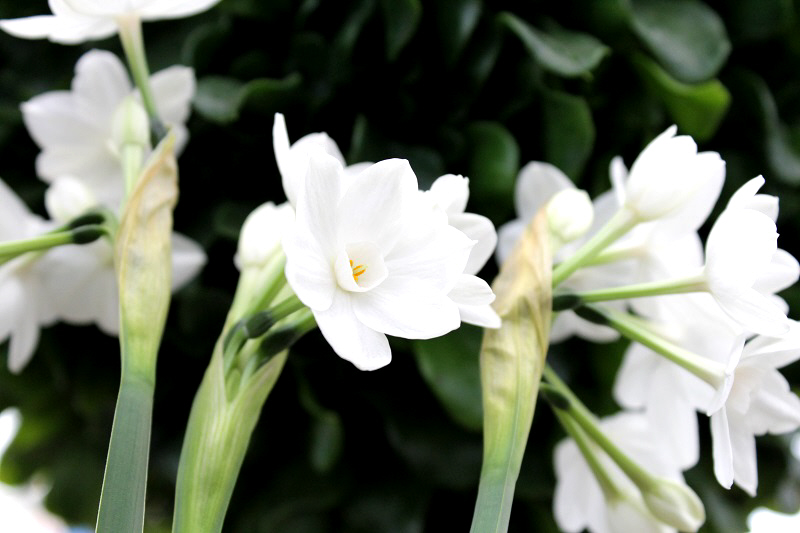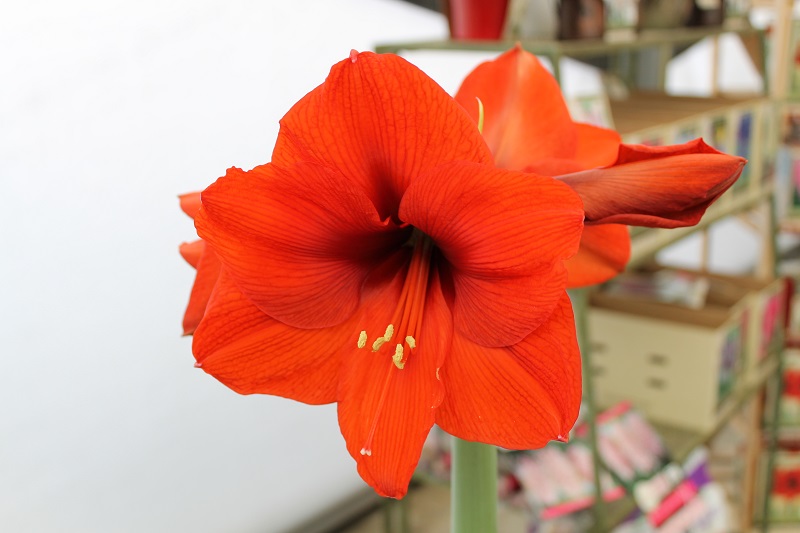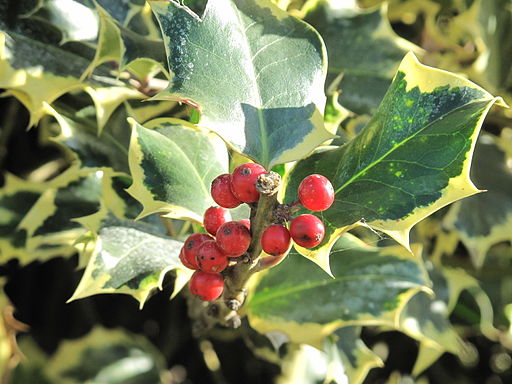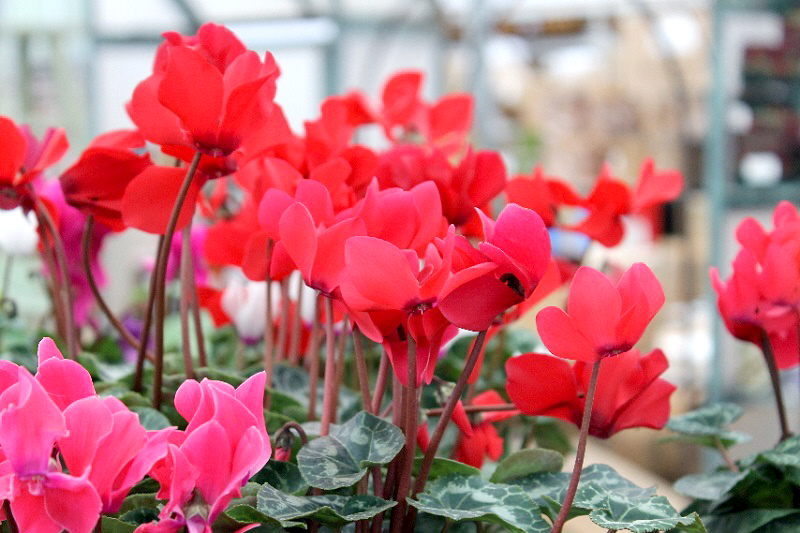Christmas Season Safety
This post doesn't deal with simply spectacular decorating, but with ways to make sure your holiday decorating is safe for your dogs and cats (and the same guidelines apply to little people, too) — any “critter” you have around the house who lacks the judgment to know what is SAFE to eat and what is NOT. All the beautiful decorating in the world won't make up for one emergency trip to the veterinarian or the doctor during the holidays, especially when just a little bit of planning can keep everyone safe!
We know that myths have circulated for generations about how poisonous plants can be to pets.
While it is not necessarily true that poinsettias or mistletoe are exactly poisonous, they can certainly be toxic (as can many bulbs, common houseplants like philodendron and pothos, etc.). Their effects, or toxicity, can range from skin irritation to acute stomach and other upsets after consumption. And, if a large enough quantity is consumed, then you're likely to have a very sick animal or little one on your hands. Need we say it? It’s better to be safe than sorry, so keep the plants pictured on this page out of reach of the creatures in your care (and never underestimate the ability of an animal or child to climb to reach something appealing!)
In addition, there are a number of toxic substances that are more prevalent during the holiday season. For example, antifreeze is commonly stored around the house to use when winterizing our cars. For heaven‘s sake, keep spills wiped up (even a tablespoon of this substance, which is very sweet, can be fatal to a small creature!), and store it in a safe place. If you're making potpourri or scented candles, watch your fragrant oils (the oils themselves are irritating, and many have a highly alcoholic base), and if you're cooking, watch the chocolate. While chocolate in tiny quantities (say, in a chocolate chip cookie) won’t hurt most dogs, anything approaching ounces can be deadly. And we often forget to clean up thoroughly (including emptying all drink glasses) after holiday entertaining. Both animals and children are often inclined to sample what’s left in glasses sitting around on tables after a party — and the danger is doubled when grown-ups “sleep in" after a big bash, leaving the house basically unsupervised.
Even non-food items can cause problems if they are ingested. Think about just the decorations on your tree, which can include tinsel, ribbons, yarn, small shiny glass objects, and so on. Or think about the pet that smells a food gift through wrapping paper and tries to eat it, wrapping and all. Consider your garbage (we know this sounds silly, but think about the misery of a dog who's eaten a 6-pack ring from a drink carton), including the turkey bones from dinner. And watch for light strings and extension cords, which can cause serious electrical shock if anyone decides to munch. (For that matter, we’ve seen whole trees capsized by an enthusiastic animal . . . not a pretty sight, but one you can easily avoid by anchoring your tree to a picture hanger on the wall using monofilament fishing line.)






